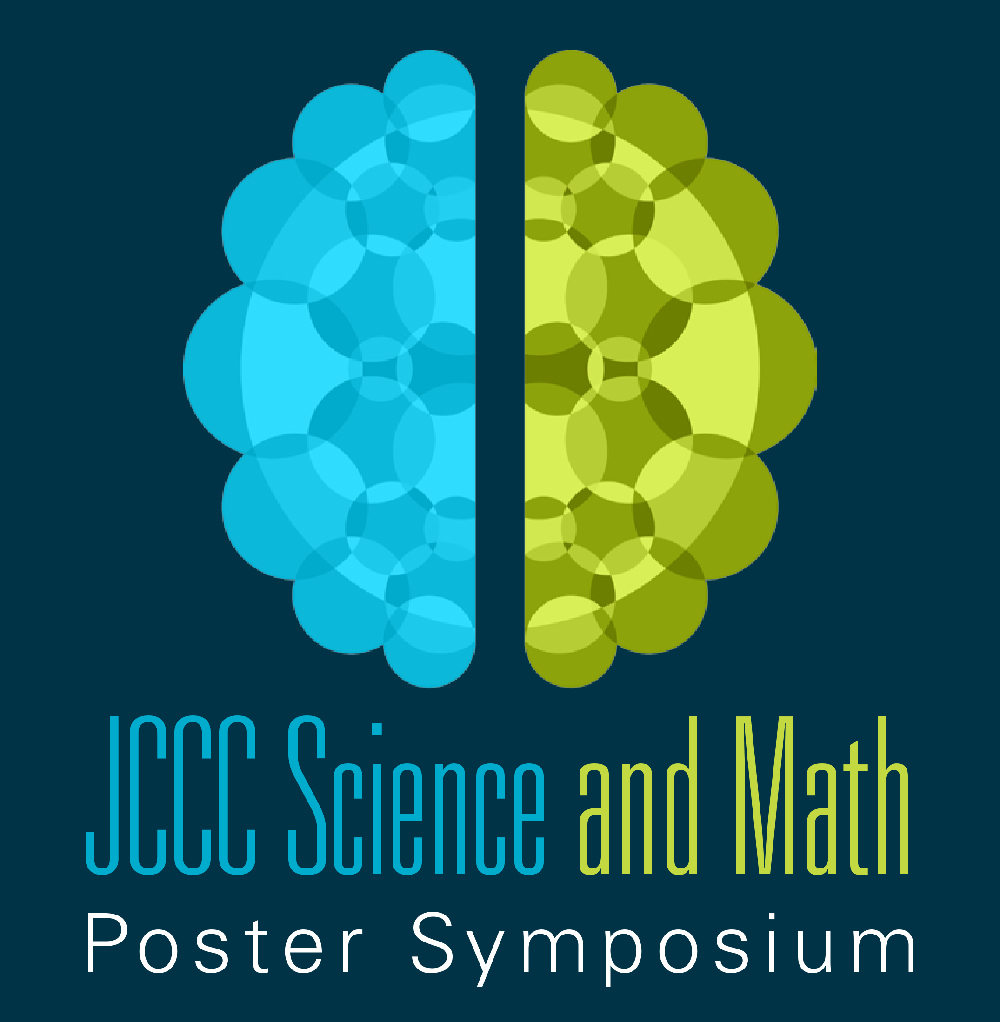Start Date
28-4-2022 9:00 AM
Document Type
Poster
Description
Antibiotic resistance is a rapidly mounting problem in bacterial pathogens, posing an ever-growing threat to human health. The purpose of this experiment was to identify potential antibiotic producing bacteria from a sample of humous soil collected in Overland Park, Kansas. Utilizing the serial dilution method, the number of colony forming units (CFUs) in the soil was determined to be approximately 6.60*10^(8). 22 potential antibiotic producing colonies were initially identified due to visible zones of inhibition on the diluted plates. These candidates were challenged against Enterococcus faecalis, Staphylococcus epidermidis, Escherichia coli, Acinetobacter baylyi , Pseudomonas putida , and Enterobacter aerogenes bacteria which are safe relatives of the ESKAPE pathogens known for exhibiting antibiotic resistance. Candidate leaf was selected for further analysis as it demonstrated large zones of inhibition against S. epidermidis and E. coli and medium zones of inhibition against E. aecalis, A. baylyi, P. putida, and E. aerogenes, more so than any other candidate with the greatest number of ESKAPE pathogen relatives inhibited. Pure colonies of candidate leaf were isolated via a streak plate. Using various stains, candidate leaf was determined to be a Gram-negative bacilli shaped bacteria that was not acid fast, did not produce spores, and did create capsules. Gel electrophoresis and polymerase chain reaction (PCR) methodology was used for the genetic sequencing and identification of candidate leaf, which will be revealed at the JCCC STEM Poster Symposium. With further investigation, the bacteria identified from this experiment could potentially serve as a novel treatment option for currently antibiotic resistant pathogens.
Identifying a Potentially Novel Antibiotic Synthesizing Bacteria from Humous Soil
Antibiotic resistance is a rapidly mounting problem in bacterial pathogens, posing an ever-growing threat to human health. The purpose of this experiment was to identify potential antibiotic producing bacteria from a sample of humous soil collected in Overland Park, Kansas. Utilizing the serial dilution method, the number of colony forming units (CFUs) in the soil was determined to be approximately 6.60*10^(8). 22 potential antibiotic producing colonies were initially identified due to visible zones of inhibition on the diluted plates. These candidates were challenged against Enterococcus faecalis, Staphylococcus epidermidis, Escherichia coli, Acinetobacter baylyi , Pseudomonas putida , and Enterobacter aerogenes bacteria which are safe relatives of the ESKAPE pathogens known for exhibiting antibiotic resistance. Candidate leaf was selected for further analysis as it demonstrated large zones of inhibition against S. epidermidis and E. coli and medium zones of inhibition against E. aecalis, A. baylyi, P. putida, and E. aerogenes, more so than any other candidate with the greatest number of ESKAPE pathogen relatives inhibited. Pure colonies of candidate leaf were isolated via a streak plate. Using various stains, candidate leaf was determined to be a Gram-negative bacilli shaped bacteria that was not acid fast, did not produce spores, and did create capsules. Gel electrophoresis and polymerase chain reaction (PCR) methodology was used for the genetic sequencing and identification of candidate leaf, which will be revealed at the JCCC STEM Poster Symposium. With further investigation, the bacteria identified from this experiment could potentially serve as a novel treatment option for currently antibiotic resistant pathogens.


Comments
The faculty mentor for this project was Angela Consani, Biology.